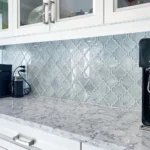Content
- 1 Introduction
- 2 1. Recycled Content Kitchen and Floor Tiles for Sustainable Design
- 3 2. Rapidly Renewable Kitchen and Floor Tiles Materials
- 4 3. Low-VOC and Non-Toxic Kitchen and Floor Tiles
- 5 4. Locally Sourced Kitchen and Floor Tiles for Reduced Environmental Impact
- 6 5. Energy-Efficient Manufacturing Kitchen and Floor Tiles
- 7 6. End-of-Life Recyclability in Kitchen and Floor Tiles
- 8 7. Water Conservation in Kitchen and Floor Tiles Manufacturing
- 9 8. Sustainable Installation and Maintenance Practices for Kitchen and Floor Tiles
- 10 Conclusion
- 10.1 What are the most sustainable kitchen and floor tiles options available today?
- 10.2 How do I verify that kitchen and floor tiles are truly eco-friendly?
- 10.3 Are eco-friendly kitchen and floor tiles more expensive than traditional options?
- 10.4 What maintenance practices keep eco-friendly kitchen and floor tiles sustainable?
- 10.5 Can eco-friendly kitchen and floor tiles perform as well as traditional materials?
- 11 Sources/References
Introduction
Selecting eco-friendly kitchen and floor tiles represents a crucial decision for environmentally conscious homeowners who seek to minimize their ecological footprint while creating beautiful, functional spaces that support sustainable living practices. Modern sustainable kitchen and floor tiles combine environmental responsibility with exceptional performance, offering innovative solutions that protect natural resources while providing the durability and aesthetic appeal essential for contemporary kitchen environments.
The evolution of eco-friendly kitchen and floor tiles reflects growing awareness of environmental issues and advances in sustainable manufacturing technologies that enable production of high-quality flooring materials with minimal environmental impact. Today’s sustainable options include recycled content tiles, rapidly renewable materials, and locally sourced products that reduce transportation emissions while supporting regional economies.
Understanding the environmental impact of traditional kitchen and floor tiles helps homeowners make informed decisions that align with their values while creating healthier indoor environments. Conventional tile manufacturing often involves energy-intensive processes, non-renewable resource extraction, and chemical treatments that can impact both environmental and human health through volatile organic compound emissions and other pollutants.
Contemporary sustainable kitchen and floor tiles address these concerns through innovative manufacturing processes, responsible material sourcing, and end-of-life recyclability considerations that create circular economy solutions. These materials often exceed traditional performance standards while providing superior indoor air quality benefits and reduced environmental impact throughout their entire lifecycle.
Professional designers specializing in sustainable kitchen and floor tiles understand the complex relationships between environmental impact, performance characteristics, and aesthetic appeal that enable creation of beautiful, responsible spaces. These experts utilize comprehensive knowledge of sustainable materials, installation techniques, and maintenance practices that optimize both environmental and functional benefits.
This comprehensive guide explores the most effective and innovative eco-friendly kitchen and floor tiles options available today, examining materials, manufacturing processes, performance characteristics, and installation considerations that enable homeowners to create stunning, sustainable kitchens that reflect environmental consciousness while meeting practical requirements.
1. Recycled Content Kitchen and Floor Tiles for Sustainable Design

Recycled content kitchen and floor tiles represent innovative solutions that divert waste streams from landfills while creating beautiful, high-performance flooring materials that demonstrate environmental responsibility without compromising aesthetic appeal or functional performance in contemporary kitchen environments.
Innovative Recycled Kitchen and Floor Tiles Options:
- Post-consumer glass tiles creating luminous surfaces from recycled bottles and windows
- Recycled ceramic tiles incorporating manufacturing waste and broken ceramics
- Composite tiles combining multiple recycled materials for enhanced performance
- Recycled metal tiles repurposing industrial waste into sophisticated surfaces
- Plastic composite tiles utilizing post-consumer plastic waste effectively
- Rubber tiles incorporating recycled tire materials for comfort and durability
- Paper-based tiles using recycled paper fibers with protective coatings
- Certification standards ensuring authentic recycled content and performance
Post-consumer glass tiles represent stunning examples of recycled kitchen and floor tiles that transform discarded bottles, windows, and other glass waste into beautiful, durable surfaces. These tiles offer excellent stain resistance, easy maintenance, and unique aesthetic characteristics including light reflection properties that enhance kitchen brightness while supporting waste reduction goals.
The manufacturing process for recycled glass kitchen and floor tiles involves crushing, cleaning, and reforming waste glass into new tile products that often exceed the performance characteristics of traditional materials. Advanced manufacturing techniques ensure consistent quality while maintaining the environmental benefits of waste diversion and resource conservation.
Recycled ceramic kitchen and floor tiles incorporate manufacturing waste, broken ceramics, and post-consumer ceramic products to create new flooring materials that reduce landfill waste while providing familiar ceramic performance characteristics. These products often achieve higher recycled content percentages than other recycled tile options.
Composite recycled kitchen and floor tiles combine multiple waste streams including glass, ceramic, metal, and plastic to create innovative materials with enhanced performance characteristics. These combinations often result in superior durability, stain resistance, and design flexibility compared to single-material recycled options.
The certification and verification of recycled content in kitchen and floor tiles ensures authentic environmental benefits through third-party standards including GREENGUARD, LEED credits, and manufacturer-specific sustainability certifications that provide transparency and accountability in environmental claims.
2. Rapidly Renewable Kitchen and Floor Tiles Materials

Rapidly renewable kitchen and floor tiles utilize materials that regenerate quickly in nature, providing sustainable alternatives to traditional materials while offering unique aesthetic characteristics and performance benefits that support environmental stewardship and responsible resource management.
Sustainable Rapidly Renewable Kitchen and Floor Tiles:
- Bamboo tiles offering natural beauty with rapid growth characteristics
- Cork tiles providing comfort, insulation, and antimicrobial properties naturally
- Linoleum tiles using natural materials with biodegradable characteristics
- Wheat straw composite tiles utilizing agricultural waste effectively
- Hemp-based tiles combining durability with sustainable fiber sources
- Coconut coir tiles repurposing coconut processing waste materials
- Reclaimed wood tiles using salvaged timber from sustainable sources
- Bio-based composite tiles incorporating plant-based polymers and fibers
Bamboo kitchen and floor tiles represent excellent rapidly renewable options due to bamboo’s incredible growth rate of up to 3 feet per day and harvest cycle of 3-5 years compared to decades for traditional hardwood. Modern bamboo tiles offer sophisticated appearances that rival traditional hardwood while providing superior moisture resistance suitable for kitchen applications.
Cork kitchen and floor tiles provide unique sustainable benefits through cork oak bark harvesting that doesn’t harm trees, allowing repeated harvesting every 9-12 years. Cork’s natural antimicrobial properties, thermal insulation characteristics, and comfortable walking surface make it ideal for kitchen environments where health and comfort are priorities.
Linoleum represents one of the original sustainable kitchen and floor tiles materials, manufactured from natural ingredients including linseed oil, cork dust, wood flour, and natural pigments. Modern linoleum offers excellent durability, easy maintenance, and complete biodegradability at end-of-life while providing design flexibility through numerous colors and patterns.
Agricultural waste materials create innovative kitchen and floor tiles through utilization of wheat straw, rice hulls, and other crop residues that would otherwise be burned or discarded. These materials provide unique textures and appearances while supporting agricultural sustainability and waste reduction goals.
The lifecycle assessment of rapidly renewable kitchen and floor tiles demonstrates superior environmental performance through carbon sequestration during plant growth, reduced processing energy requirements, and biodegradable end-of-life characteristics that support circular economy principles.
3. Low-VOC and Non-Toxic Kitchen and Floor Tiles

Low-VOC and non-toxic kitchen and floor tiles prioritize indoor air quality and human health through elimination of harmful chemicals, volatile organic compounds, and toxic substances that can impact respiratory health and overall well-being in kitchen environments where families spend significant time.
Healthy Low-VOC Kitchen and Floor Tiles Options:
- Natural clay tiles fired without toxic glazes or chemical treatments
- Unglazed ceramic tiles eliminating potential VOC sources from surface treatments
- Natural stone tiles with water-based sealers avoiding solvent-based products
- Glass tiles manufactured without lead or other heavy metals
- Cement-based tiles using natural pigments and non-toxic binders
- Bio-based adhesives and grouts supporting healthy installation practices
- Third-party certifications verifying low emissions and health safety
- Maintenance products compatible with non-toxic cleaning practices
Natural clay kitchen and floor tiles provide excellent non-toxic options through traditional manufacturing processes that avoid chemical additives and toxic glazes. These tiles offer natural color variations, unique textures, and excellent durability while maintaining completely natural composition that supports healthy indoor environments.
The importance of adhesives and grouts in low-VOC kitchen and floor tiles installations cannot be overstated, as these materials can contribute significantly to indoor air pollution if not properly selected. Bio-based and water-based installation materials ensure that the entire flooring system maintains healthy indoor air quality standards.
GREENGUARD certification provides reliable verification for low-VOC kitchen and floor tiles, testing products for over 10,000 chemicals and volatile organic compounds to ensure they meet strict indoor air quality standards. GREENGUARD Gold certification provides even more stringent requirements suitable for schools and healthcare facilities.
Natural stone kitchen and floor tiles can provide excellent non-toxic options when properly sealed with water-based, low-VOC sealers that protect the stone while maintaining healthy indoor air quality. Proper sealer selection ensures both performance and health benefits without compromising natural stone characteristics.
The long-term health benefits of low-VOC kitchen and floor tiles become particularly important in kitchen environments where cooking activities, moisture, and temperature variations can increase chemical off-gassing from conventional materials. Healthy material selection supports better indoor air quality for families spending significant time in kitchen spaces.
4. Locally Sourced Kitchen and Floor Tiles for Reduced Environmental Impact

Locally sourced kitchen and floor tiles minimize transportation emissions, support regional economies, and often provide materials specifically suited to local climate conditions while reducing the overall environmental footprint of flooring installations through shortened supply chains and reduced packaging requirements.
Regional Kitchen and Floor Tiles Benefits:
- Reduced transportation emissions through shorter shipping distances
- Support for local economies and regional manufacturing capabilities
- Climate-appropriate materials suited to local environmental conditions
- Reduced packaging requirements and associated waste generation
- Faster delivery times and improved customer service accessibility
- Cultural and aesthetic connections to regional design traditions
- Quality control advantages through direct manufacturer relationships
- Economic benefits supporting local employment and tax bases
Local clay and ceramic kitchen and floor tiles often provide excellent regional options through utilization of local clay deposits and traditional manufacturing techniques that reflect regional design aesthetics while minimizing transportation environmental impact. Many regions have rich ceramic traditions that continue through modern sustainable manufacturing practices.
The carbon footprint reduction achieved through locally sourced kitchen and floor tiles can be substantial, with transportation often representing 10-20% of total product environmental impact. Local sourcing eliminates international shipping, reduces packaging requirements, and supports more sustainable distribution networks.
Regional stone kitchen and floor tiles provide unique aesthetic characteristics that reflect local geology while offering materials naturally suited to local climate conditions. Local stone often provides superior performance in regional applications due to natural adaptation to local environmental conditions including freeze-thaw cycles and moisture patterns.
Supporting local manufacturers of kitchen and floor tiles contributes to regional economic sustainability while often providing superior customer service, customization options, and quality control compared to distant suppliers. Local relationships enable better communication and problem resolution throughout the project lifecycle.
The authenticity and cultural connection provided by locally sourced kitchen and floor tiles creates unique design opportunities that reflect regional character and traditions while supporting sustainable practices and community economic development.
5. Energy-Efficient Manufacturing Kitchen and Floor Tiles
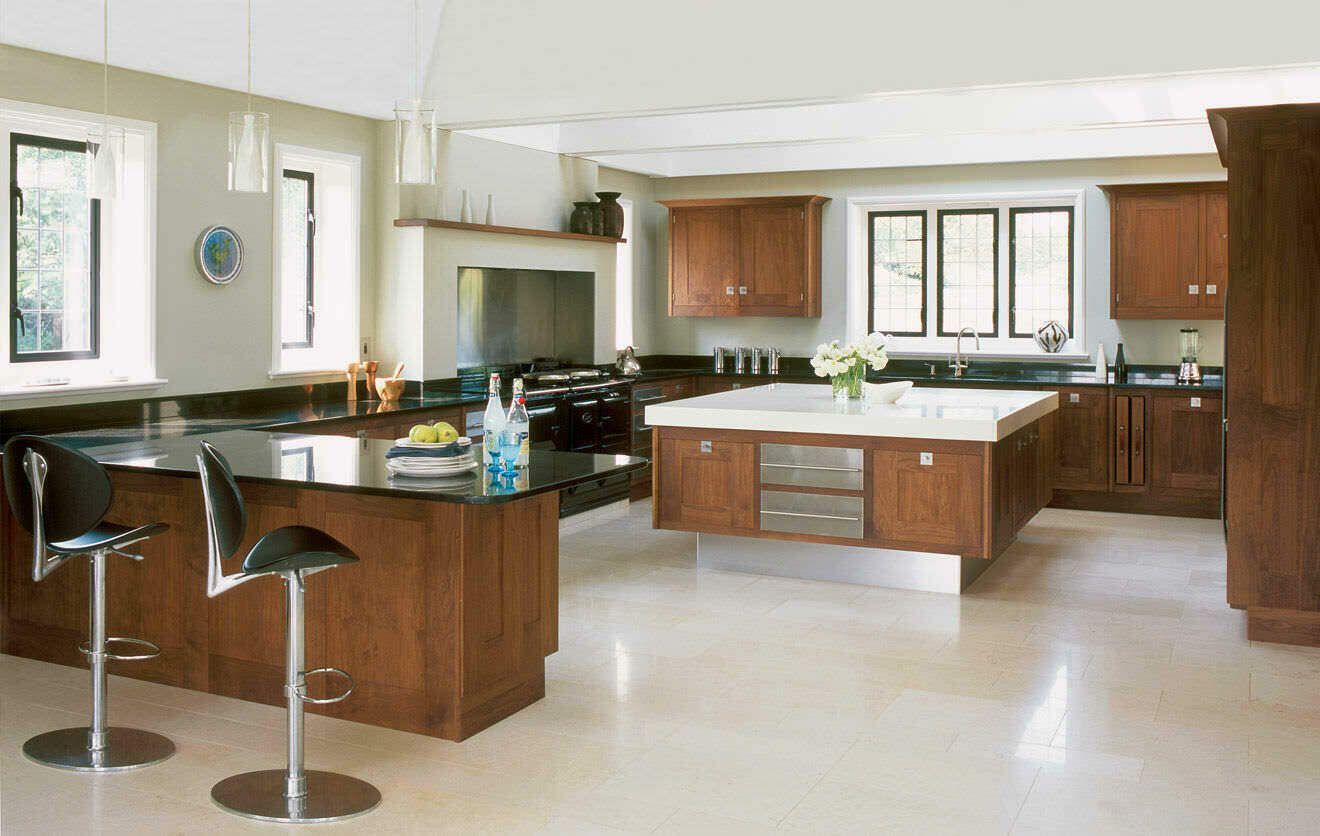
Energy-efficient manufacturing kitchen and floor tiles utilize advanced production technologies, renewable energy sources, and optimized processes that minimize energy consumption and carbon emissions while maintaining high quality standards and performance characteristics essential for kitchen applications.
Energy-Efficient Kitchen and Floor Tiles Manufacturing:
- Solar-powered manufacturing facilities reducing carbon footprint significantly
- Kiln efficiency improvements reducing energy consumption per tile produced
- Waste heat recovery systems maximizing energy utilization efficiency
- LED lighting systems reducing facility energy consumption
- Automated production systems optimizing energy usage and material efficiency
- Renewable energy certificates supporting clean energy development
- Carbon offset programs neutralizing remaining emissions
- Lifecycle energy assessments quantifying total environmental impact
Solar-powered manufacturing represents cutting-edge approaches to sustainable kitchen and floor tiles production, with some manufacturers achieving 100% renewable energy through on-site solar installations and renewable energy purchasing agreements. These facilities demonstrate that high-quality tile production can be achieved with minimal carbon footprint.
Advanced kiln technologies in kitchen and floor tiles manufacturing achieve significant energy savings through improved insulation, heat recovery systems, and optimized firing cycles that reduce energy consumption while maintaining or improving product quality. Some modern kilns achieve 30-50% energy savings compared to traditional systems.
Waste heat recovery systems capture and utilize heat from kiln operations to power other manufacturing processes, reducing overall energy consumption in kitchen and floor tiles production. These systems demonstrate industrial ecology principles that maximize resource utilization efficiency.
The integration of renewable energy in kitchen and floor tiles manufacturing extends beyond direct production to include facility lighting, material handling, and administrative operations. Comprehensive renewable energy adoption creates truly sustainable manufacturing operations that minimize environmental impact across all activities.
Carbon offset programs enable kitchen and floor tiles manufacturers to achieve carbon neutrality by investing in renewable energy projects, reforestation, and other carbon sequestration activities that compensate for remaining emissions from manufacturing operations.
6. End-of-Life Recyclability in Kitchen and Floor Tiles
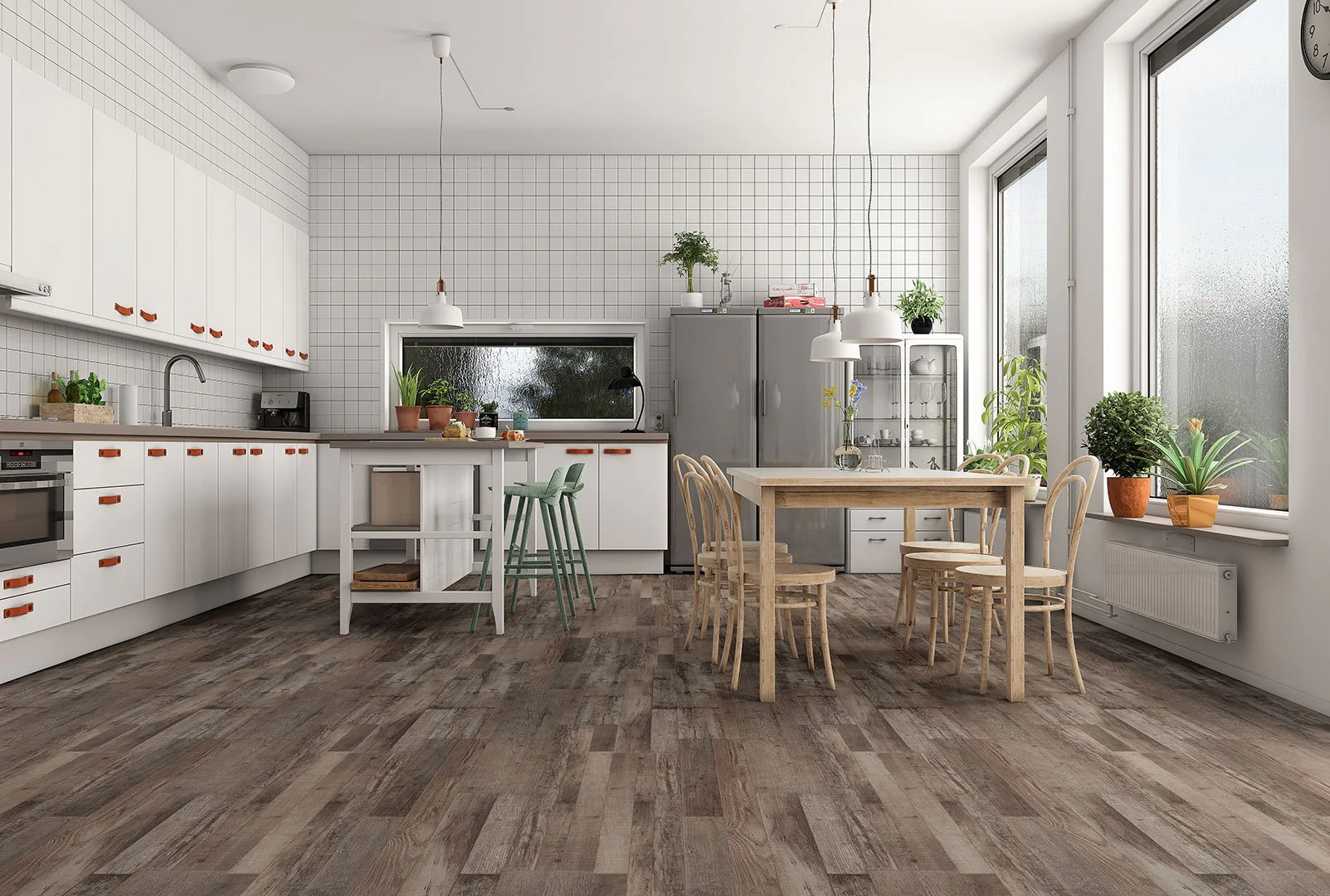
End-of-life recyclability considerations in kitchen and floor tiles selection ensure that materials can be responsibly disposed of or repurposed at the conclusion of their service life, supporting circular economy principles and minimizing long-term environmental impact through sustainable material lifecycle management.
Recyclable Kitchen and Floor Tiles Options:
- Ceramic tiles suitable for crushing and incorporation into new ceramic products
- Glass tiles recyclable into new glass products or aggregate materials
- Natural stone tiles reusable in landscaping and construction applications
- Metal tiles completely recyclable into new metal products
- Composite tiles designed for material separation and component recycling
- Biodegradable tiles that decompose naturally without environmental impact
- Take-back programs enabling manufacturer recycling of used products
- Design for disassembly facilitating easy removal and material recovery
Ceramic kitchen and floor tiles offer excellent end-of-life recyclability through crushing and incorporation into new ceramic products, road base materials, and concrete aggregate. The durability that makes ceramic tiles excellent for kitchen use also ensures they maintain value as recycled materials.
Glass kitchen and floor tiles provide nearly infinite recyclability, with used tiles suitable for melting and reformation into new glass products. The chemical stability of glass ensures that recycled content maintains quality equivalent to virgin materials while supporting closed-loop recycling systems.
Natural stone kitchen and floor tiles offer unique end-of-life benefits through complete reusability in landscaping, construction, and architectural applications. Stone’s natural durability means that properly maintained tiles can provide decades of additional service in new applications after kitchen removal.
Design for disassembly in kitchen and floor tiles installations facilitates easy removal and material recovery through installation techniques that enable tile removal without damage. These approaches may involve mechanical fastening systems or specialized adhesives that allow clean removal.
Manufacturer take-back programs represent innovative approaches to kitchen and floor tiles end-of-life management, with some companies accepting used tiles for recycling into new products. These programs demonstrate manufacturer responsibility and support circular economy principles.
7. Water Conservation in Kitchen and Floor Tiles Manufacturing
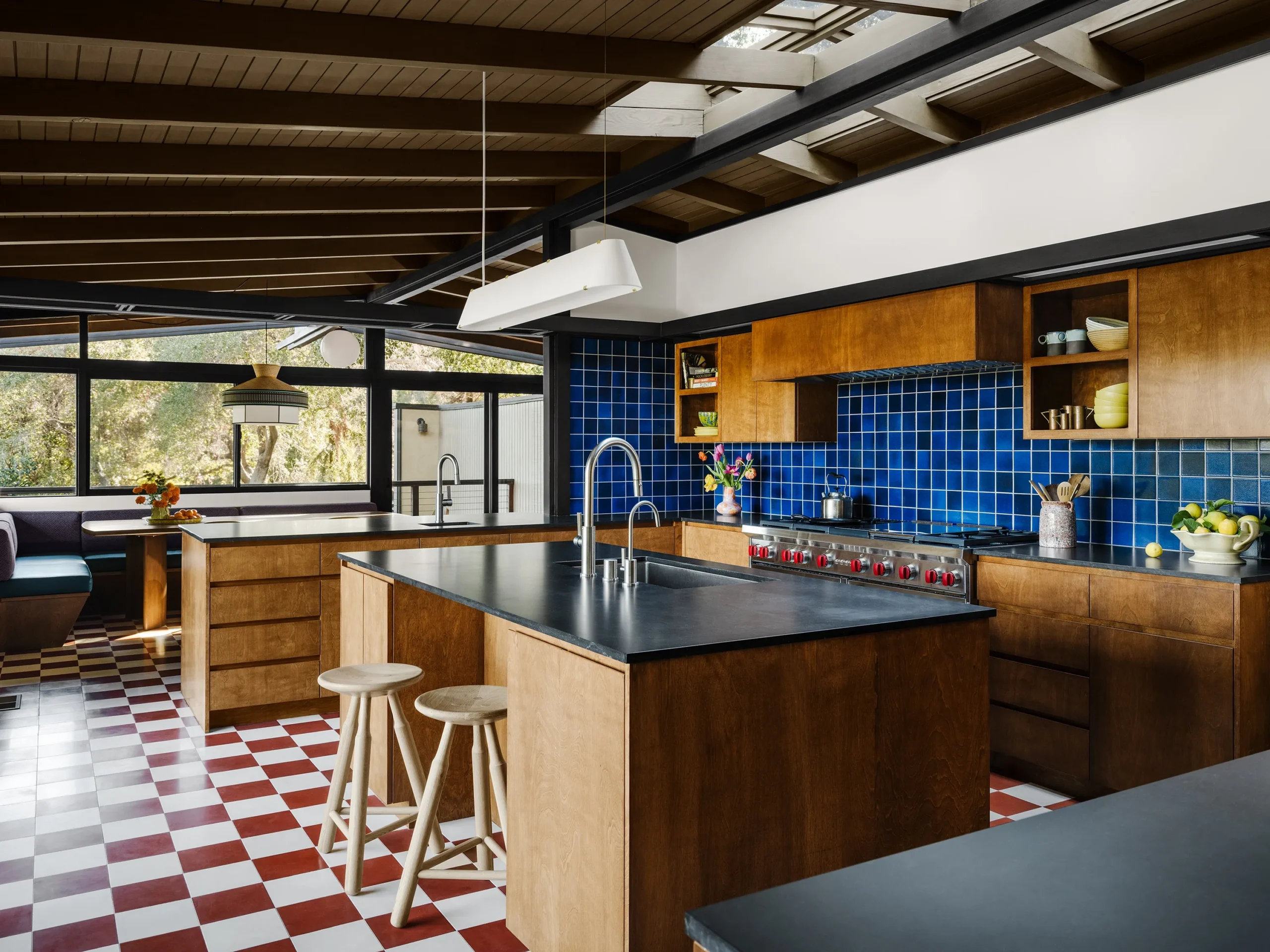
Water conservation in kitchen and floor tiles manufacturing addresses one of the most critical environmental challenges in tile production through innovative processes, recycling systems, and efficiency improvements that minimize water consumption while maintaining product quality and performance standards.
Water-Efficient Kitchen and Floor Tiles Manufacturing:
- Closed-loop water systems recycling process water continuously
- Dry pressing techniques reducing water requirements in tile formation
- Water treatment systems enabling reuse of process water
- Rainwater harvesting systems supplementing manufacturing water needs
- Efficient cleaning systems minimizing water waste in facility maintenance
- Water quality monitoring ensuring environmental protection standards
- Drought-resistant landscaping reducing facility water consumption
- Water footprint assessments quantifying total water impact
Closed-loop water systems in kitchen and floor tiles manufacturing capture, treat, and reuse process water continuously, reducing fresh water consumption by 80-90% compared to traditional manufacturing processes. These systems demonstrate industrial water stewardship while maintaining production quality.
Dry pressing techniques for ceramic kitchen and floor tiles eliminate water requirements in tile formation while often producing superior density and strength characteristics compared to wet forming processes. These techniques represent significant advances in sustainable manufacturing technology.
Advanced water treatment systems enable kitchen and floor tiles manufacturers to achieve zero liquid discharge through treatment and reuse of all process water. These systems often produce water quality suitable for multiple reuse cycles while protecting local water resources.
Rainwater harvesting systems supplement manufacturing water needs for kitchen and floor tiles production while reducing stormwater runoff and supporting local watershed management. These systems demonstrate comprehensive water stewardship that extends beyond direct manufacturing processes.
Water footprint assessments provide comprehensive evaluation of total water impact in kitchen and floor tiles production, including direct manufacturing use, supply chain water consumption, and end-of-life considerations that enable informed decision-making about water stewardship priorities.
8. Sustainable Installation and Maintenance Practices for Kitchen and Floor Tiles
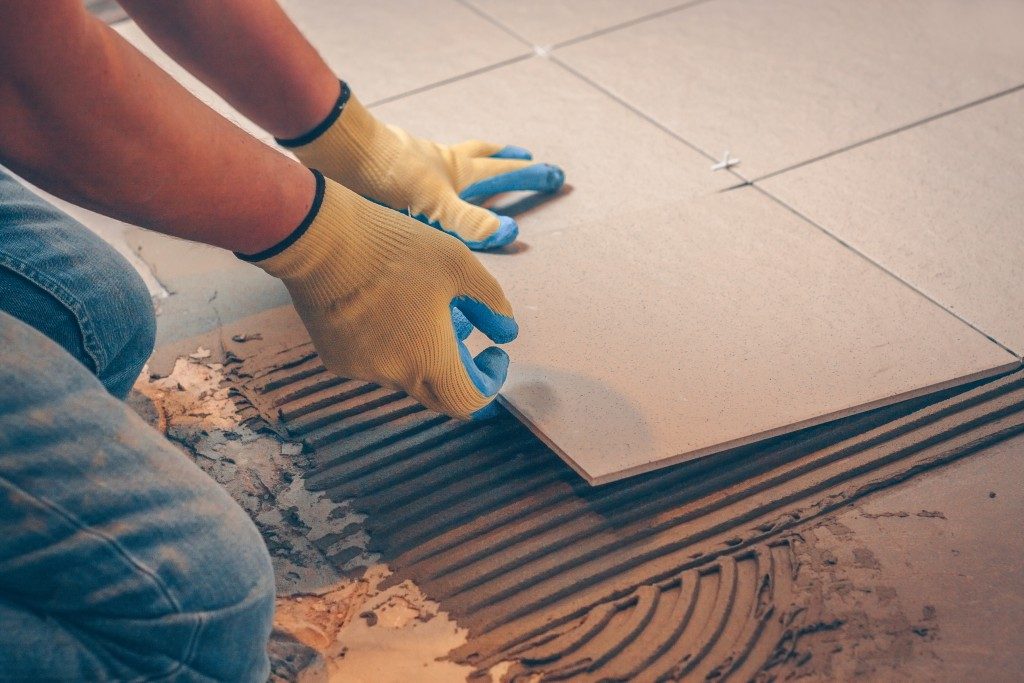
Sustainable installation and maintenance practices for kitchen and floor tiles extend environmental benefits beyond material selection through eco-friendly installation techniques, non-toxic maintenance products, and lifecycle management approaches that minimize environmental impact while preserving material performance and appearance.
Eco-Friendly Kitchen and Floor Tiles Installation:
- Low-VOC adhesives and grouts protecting indoor air quality
- Mechanical fastening systems enabling easy removal and reuse
- Efficient installation techniques minimizing material waste
- Sustainable substrate preparation using recycled and renewable materials
- Energy-efficient installation tools reducing carbon footprint
- Waste management systems ensuring proper material disposal and recycling
- Water-based sealers avoiding solvent-based products
- Professional training ensuring optimal sustainable installation practices
Low-VOC adhesives and grouts represent essential components of sustainable kitchen and floor tiles installation, ensuring that the entire flooring system maintains healthy indoor air quality standards while providing necessary performance characteristics for kitchen environments.
Mechanical fastening systems enable sustainable kitchen and floor tiles installation through techniques that allow easy removal and tile reuse at end-of-life. These systems may involve specialized clips, tracks, or interlocking mechanisms that eliminate permanent adhesive bonds.
Efficient installation techniques minimize waste in kitchen and floor tiles projects through careful planning, precise cutting, and material optimization that reduce disposal requirements while maximizing material utilization. Professional installers trained in sustainable practices achieve superior waste reduction results.
Sustainable substrate preparation for kitchen and floor tiles may involve recycled content underlayments, rapidly renewable materials, or existing surface preparation that eliminates demolition waste. These approaches reduce overall project environmental impact while maintaining installation quality.
Green maintenance practices for kitchen and floor tiles include non-toxic cleaning products, water-efficient cleaning techniques, and preventive maintenance approaches that extend material lifespan while minimizing environmental impact. These practices support long-term sustainability goals while preserving investment value.
Conclusion
Eco-friendly kitchen and floor tiles represent essential components of sustainable home design that enable environmentally conscious homeowners to create beautiful, functional spaces while minimizing ecological impact and supporting responsible resource management throughout material lifecycles.
Recycled content kitchen and floor tiles demonstrate innovative approaches to waste reduction while providing high-performance materials that often exceed traditional options in durability and aesthetic appeal. These materials prove that environmental responsibility and quality performance can coexist successfully.
Rapidly renewable kitchen and floor tiles utilize nature’s regenerative capacity to provide sustainable alternatives that support forest conservation while offering unique aesthetic characteristics and performance benefits that enhance kitchen environments.
Low-VOC and non-toxic kitchen and floor tiles prioritize human health and indoor air quality while demonstrating that environmental stewardship and family wellness goals align perfectly in sustainable material selection decisions.
Locally sourced kitchen and floor tiles minimize transportation impact while supporting regional economies and providing materials naturally suited to local environmental conditions and design traditions.
Energy-efficient manufacturing kitchen and floor tiles utilize renewable energy and advanced technologies to minimize carbon footprint while maintaining quality standards that ensure long-term performance and satisfaction.
End-of-life recyclability considerations in kitchen and floor tiles selection support circular economy principles that minimize waste while maximizing resource utilization throughout material lifecycles.
The success of sustainable kitchen and floor tiles depends on comprehensive approaches that consider material selection, manufacturing processes, installation techniques, and maintenance practices that optimize environmental benefits while meeting functional requirements and aesthetic goals essential for contemporary kitchen design.
How do I verify that kitchen and floor tiles are truly eco-friendly?
Verify eco-friendly kitchen and floor tiles through third-party certifications including GREENGUARD for low emissions, LEED credits for sustainable building materials, and manufacturer sustainability reports detailing recycled content percentages. Look for specific claims about recycled content with verification documentation, energy-efficient manufacturing processes, and end-of-life recyclability. Research manufacturer sustainability practices including renewable energy use, water conservation, and waste reduction programs. Request documentation of local sourcing claims and transportation distances. Avoid greenwashing by seeking specific, measurable environmental benefits rather than vague sustainability claims without supporting evidence.
Are eco-friendly kitchen and floor tiles more expensive than traditional options?
Eco-friendly kitchen and floor tiles costs vary widely, with some sustainable options competitive with traditional materials while others command premium prices. Recycled content tiles often cost similarly to conventional options, while rapidly renewable materials like bamboo may cost 10-30% more initially. However, sustainable tiles often provide superior durability and lower maintenance costs, improving long-term value. Local sourcing can reduce costs by eliminating shipping expenses. Consider lifecycle costs including maintenance, replacement frequency, and health benefits when evaluating total cost. Many sustainable options qualify for tax credits, rebates, or LEED certification benefits that offset initial costs while providing long-term savings.
What maintenance practices keep eco-friendly kitchen and floor tiles sustainable?
Maintain eco-friendly kitchen and floor tiles sustainability through non-toxic, biodegradable cleaning products that protect indoor air quality and environmental health. Use pH-neutral cleaners for natural stone, avoid harsh chemicals that can damage surfaces, and choose concentrated products with minimal packaging. Implement preventive maintenance including regular sealing for natural stone and prompt spill cleanup to extend material lifespan. Use microfiber cleaning tools that reduce chemical requirements and water consumption. Establish maintenance schedules that prevent damage requiring replacement. Choose maintenance products from companies with sustainable practices and packaging. Proper maintenance extends tile lifespan, maximizing environmental benefits of sustainable material selection.
Can eco-friendly kitchen and floor tiles perform as well as traditional materials?
Yes, eco-friendly kitchen and floor tiles often exceed traditional material performance through advanced manufacturing technologies and innovative material combinations. Recycled glass tiles offer superior stain resistance and durability compared to many traditional options. Bamboo tiles provide excellent moisture resistance suitable for kitchen applications. Modern sustainable manufacturing processes often produce stronger, more consistent products than traditional methods. Many eco-friendly options offer additional benefits including antimicrobial properties, better thermal insulation, and improved indoor air quality. Third-party testing and certifications verify performance standards, while warranty coverage demonstrates manufacturer confidence in sustainable product quality and longevity.
Sources/References
- U.S. Green Building Council – LEED Certification Standards https://www.usgbc.org/
- GREENGUARD Environmental Institute – Indoor Air Quality Certification https://www.greenguard.org/
- Environmental Protection Agency – Sustainable Materials Management https://www.epa.gov/smm
- Forest Stewardship Council – Sustainable Forestry Standards https://www.fsc.org/
- Cradle to Cradle Certified – Product Sustainability Assessment https://www.c2ccertified.org/
- Natural Stone Institute – Sustainable Stone Guidelines https://www.naturalstoneinstitute.org/
- Tile Council of North America – Environmental Standards https://www.tcnatile.com/
- International Living Future Institute – Living Building Challenge https://living-future.org/


